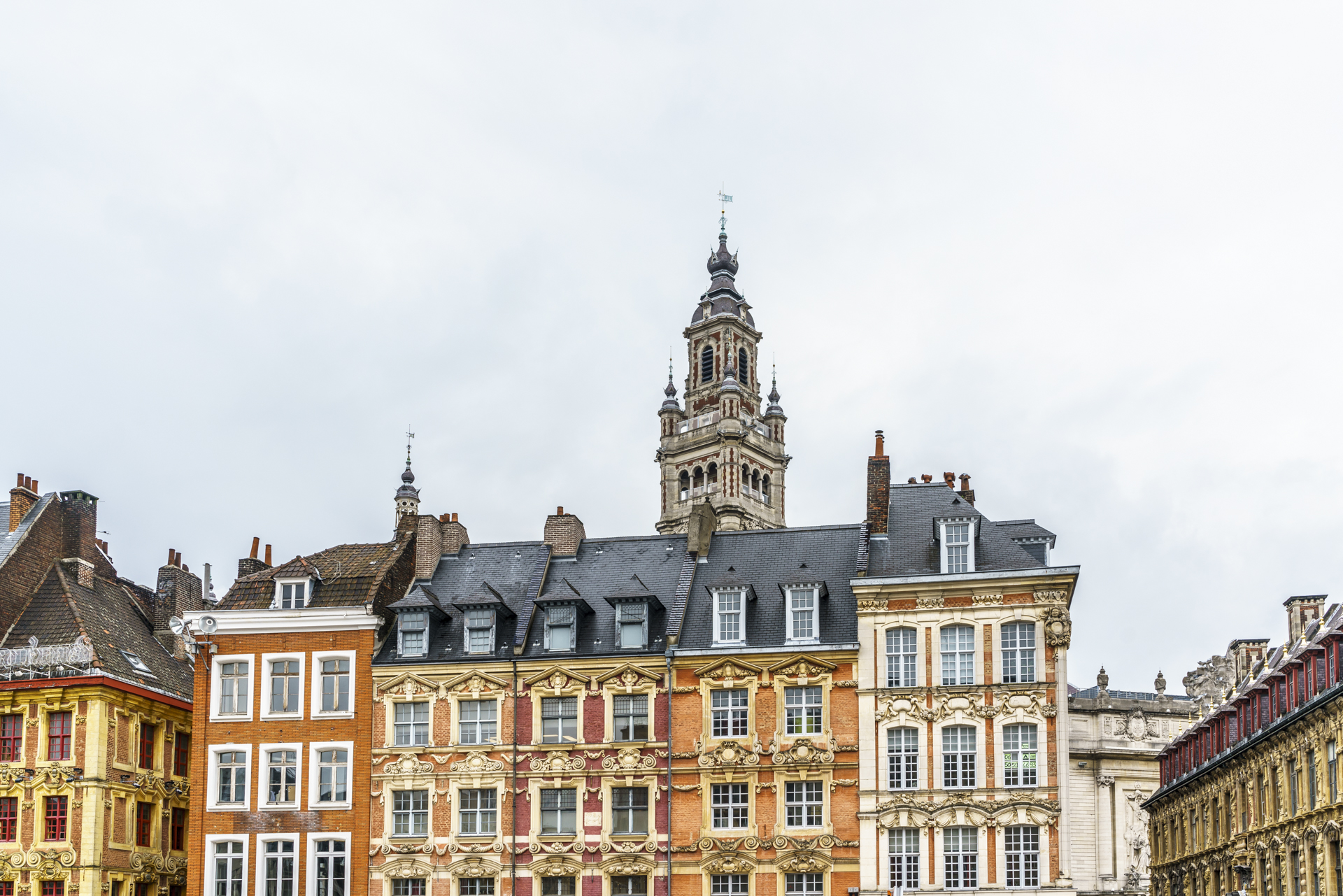
Tips for a weekend in Lille and Roubaix with the best sights
My France city trip took me from the fascinating Le Havre via Amiens to Lille. Since the capital of the Nord-Pas-de-Calais region will be in the spotlight from next week due to the upcoming European Football Championship, I would like to share my tips from Lille with you today. The friend just got a ticket for the Switzerland-France match on June 19 at the Stade Pierre Mauroy last week and can really use my preliminary research. Since I don’t have anything to do with football, I hope to lure you to the beautiful corners of Lille with these tips before or after the “important” 90 minutes. If you just look at the football stadium, you’re missing out.
Lille is a colourful mix of Flemish tradition and the French way of life. The Grand Place, not far from the two train stations Lille Flandres and Lille-Europe, offers a nice first overview. A real eye-catcher is the Old Stock Exchange, one of the most beautiful buildings in the city.
Vieux Lille – strolling through alleys
The old town of Lille begins right next to the Grand Place and stretches north to Rue du Magasin/Rue St. Sébastien. The paved alleys with their pretty pastel-coloured house facades from the 17th century are made for strolling for hours. I drifted aimlessly from alley to alley, discovered pretty courtyards and photographed the colored doors every 5 meters. I particularly liked the alley Vieux Murs Péterinck just behind the Notre-Dame La Treille cathedral, which stands out with its postmodern west façade. If you like coloured stained glass windows, you should definitely take a look inside the cathedral. Equally pretty and tranquil is the area around Charles de Gaulle’s birthplace on Rue Princesse.
The Chicks – die Stadtoase
The Citadel of Lille is considered the “Queen of Citadels” and was the first major building to be built by the master builder Sébastien Le Prestre de Vauban. The historical monument is now under the control of the Ministry of Defence and is still used for military purposes. It is possible to visit the facilities as part of guided tours on weekends. A detour there is also worthwhile on the other days of the week. The citadel is surrounded by the vast Parc des Poussins. The perfect place to take a break in a secluded spot.
Lille Centre – Coffee break
South of the Grand Place is the centre of Lille. Worth seeing are the Palais des Beaux-Arts, the town hall with its 105 m high Belfry (UNESCO World Heritage Site) and the Porte de Paris right next to it. The culinary part was neglected during my flying visit to Lille. Nevertheless, I found a coffee recommendation. At Coffee Makers (151 Rue de Paris) you will not only find good coffee, but also fine lunch dishes and homemade sandwiches.
Wazemmes Market – Sonntagsgelüste
Fine dishes from all over the world can be found at the Marché de Wazemmes. On Sunday mornings, one of the largest markets in France takes place here. From fruits, vegetables, street food, flowers, clothes and fabrics to electronic goods, everything is on sale. It’s best to plan your lunch break right away at the market and feast your way from stall to stall. Just opposite the market hall is the pastry shop Aux Merveilleux (336 Rue Léon Gambetta). This is where the famous meringue sweets of the same name are sold. Two blocks away is Maison Folie Wazemmes. The cultural centre was implemented as part of the activities for the European Capital of Culture 2004 and offers a wide range of cultural events.
La Piscine – Alternative program for rainy days
During my visit to Lille, I was not lucky with the weather. On the first day it rained non-stop. Luckily, the indoor sights were on my agenda that afternoon. I took the metro (red line) for about half an hour to downtown Roubaix, which is part of the Lille metropolitan area. The transition between the two cities is fluid.
One of the main attractions of Roubaix is the Musée d’Art et d’Industrie, often referred to simply as “La Piscine“. The name comes from the fact that the museum is located in a converted swimming pool in the Art Deco style of the 1920s. The architecture has been largely retained and creates a special atmosphere. Especially on a rainy day, a great, dry alternative to the rest of the sightseeing program.
Villa Cavrois – an architectural manifesto
Another architectural eye-catcher is the Villa Cavrois in Roubaix. The modern interpretation of a bourgeois mansion was built in 1932 by French architect Robert-Mallet-Stevens for industrialist Paul Cavrois. Robert Mallet-Stevens was inspired by various modern trends of his time (Bauhaus, Amsterdam School, Corbusier) and focused on pragmatism and comfort. Instead of ornate decorations, large windows and clear lines were used. The building is considered an important building for modern architecture of the 20th century and was listed as a historical monument in 1990. The villa can be visited daily (except Tuesday). The entrance fee is 7.50 euros.
Lille aux Oiseaux – zum Beine hochlagern
The bad weather was not only inconvenient for me. So I had a good reason to put my feet up in my wonderful room at the Bed & Breakfast Lille aux Oiseaux. The property is located in the west of the city, in the Cormontaigne district, and can be reached in around 10 minutes by metro from Lille Flandre. Right next to it is the oldest church in Lille, “La chapelle Notre-Dame-de-Réconciliation”. My room “La Tourterelles” consisted of a living room and bedroom and a huge bathroom including a whirlpool. A dream!
I was on the road with the City Pass Lille Metropole for 48 hours (35 euros). It offers free admission to 28 museums, attractions and activities, as well as free use of public transport. Two metro lines and two tram lines connect the districts with each other.
Note: With this entry I am participating in the French City Award 2016. The trip was supported by France Tourism as well as Lille and Roubaix Tourism. All impressions are my own.




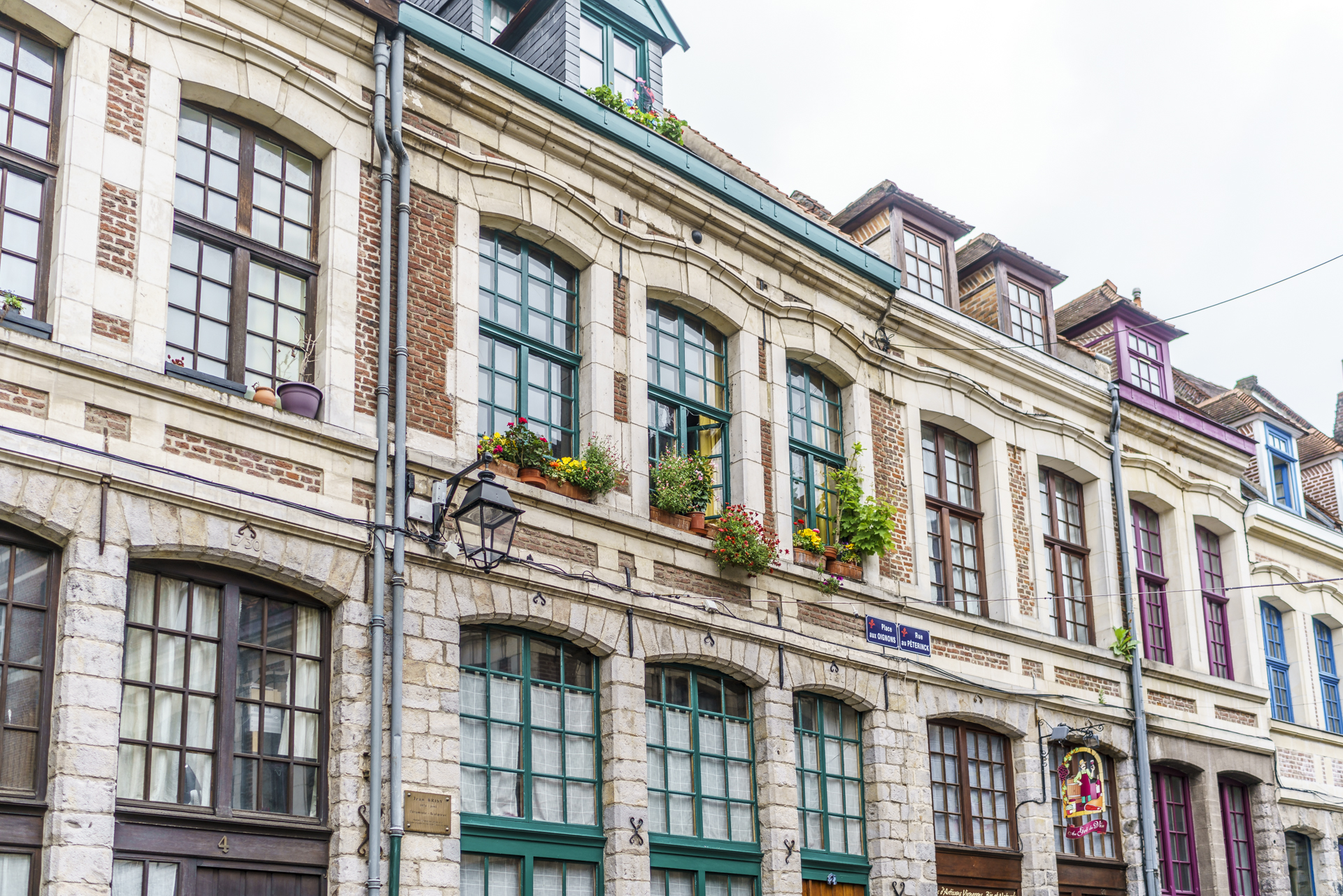
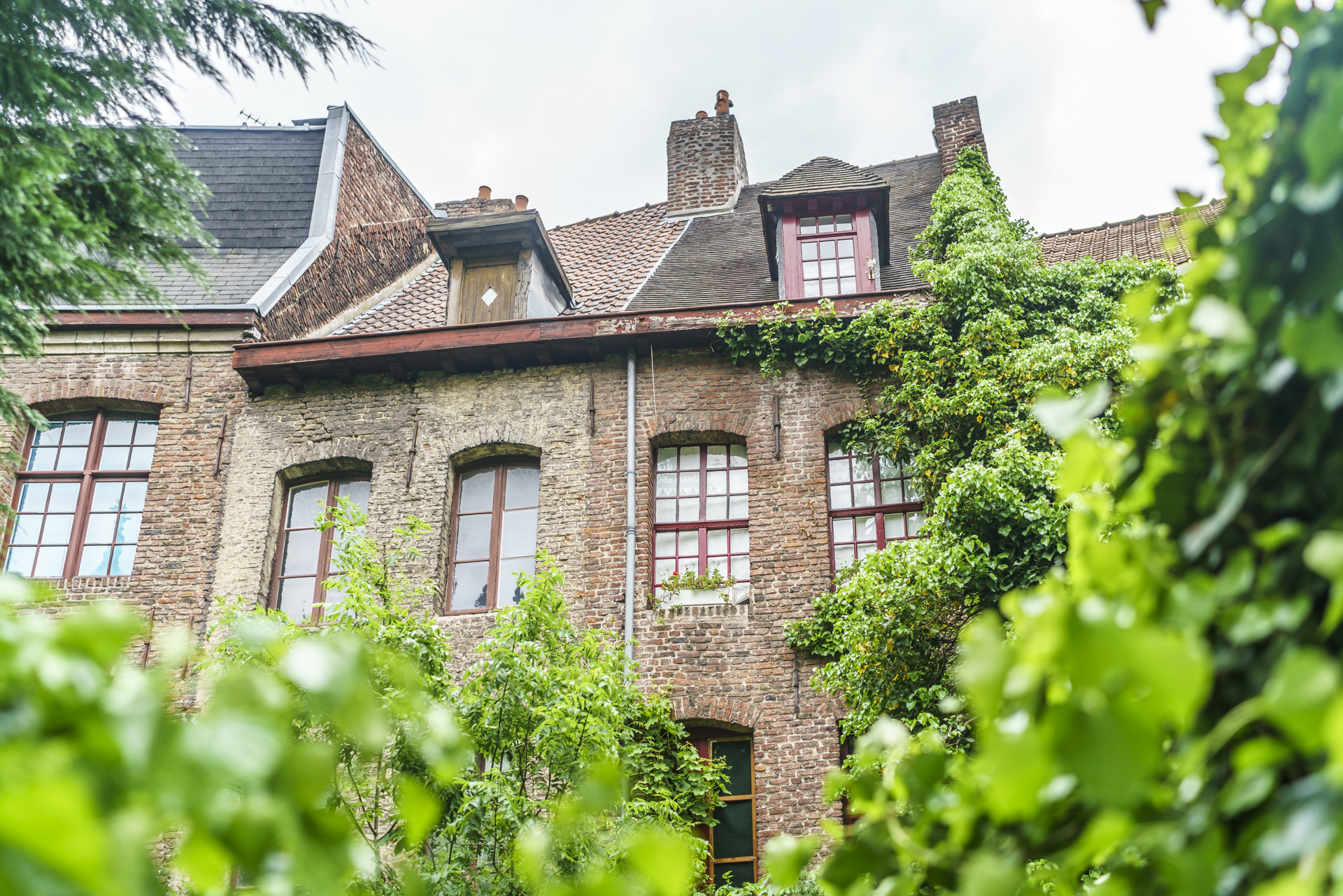
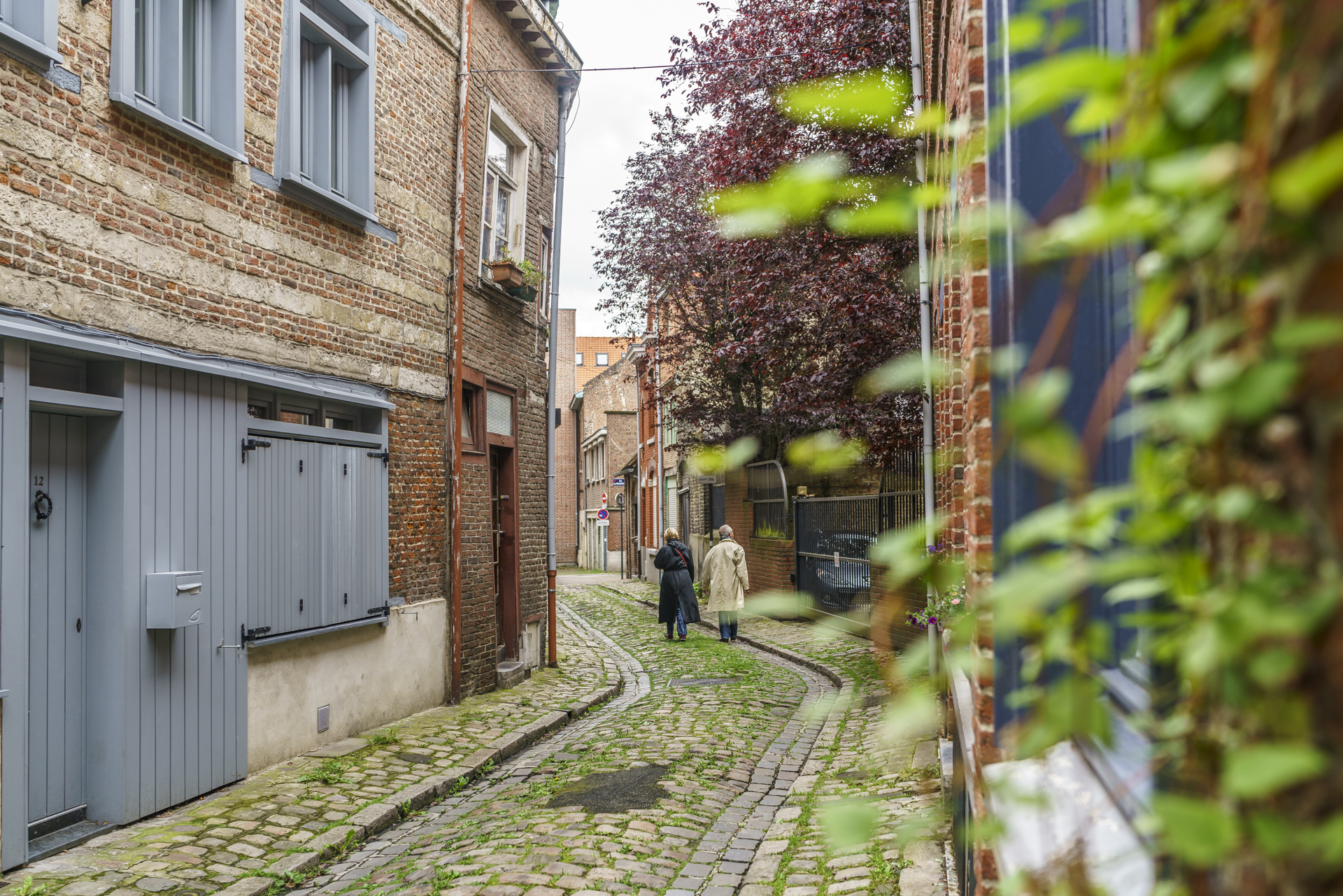

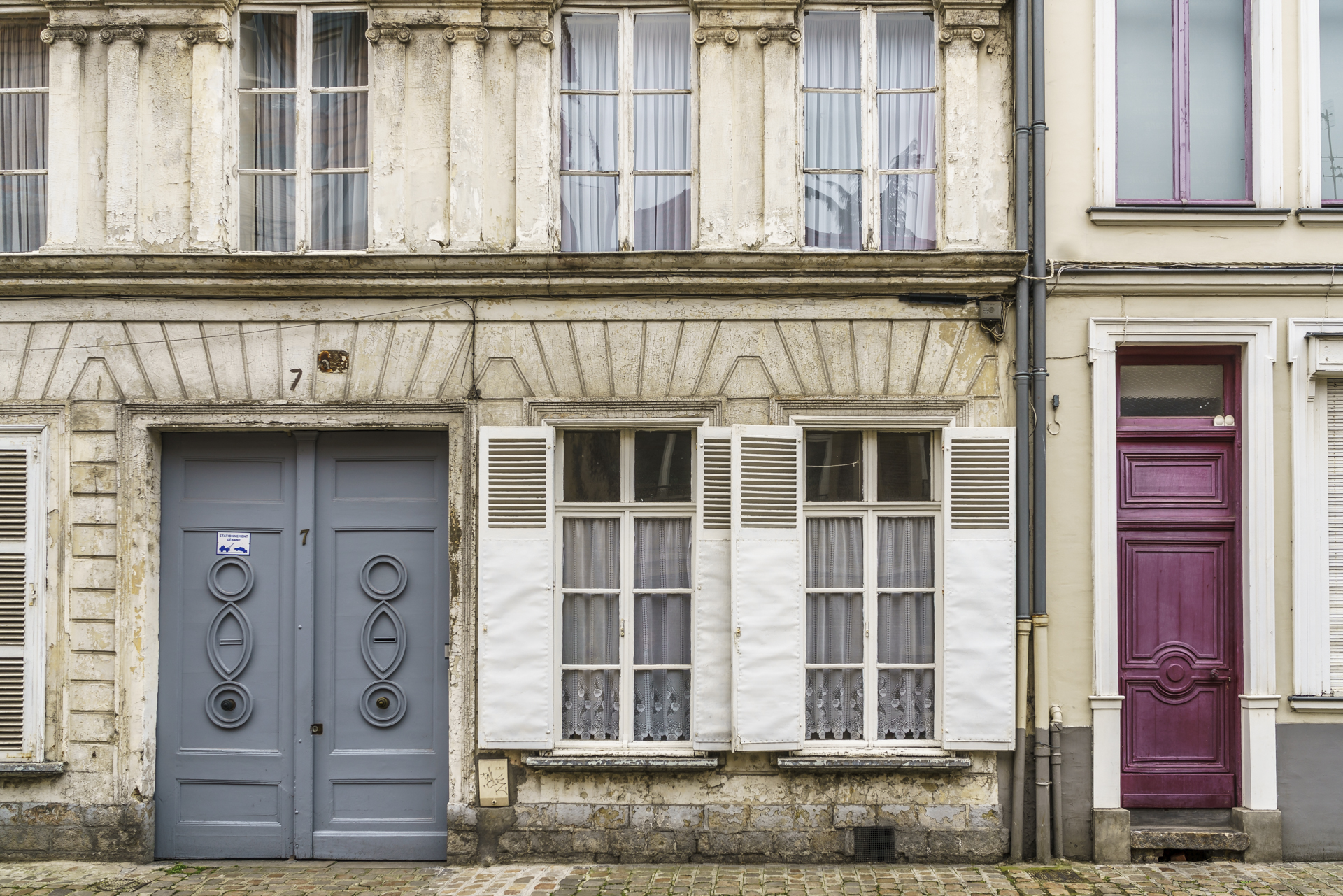


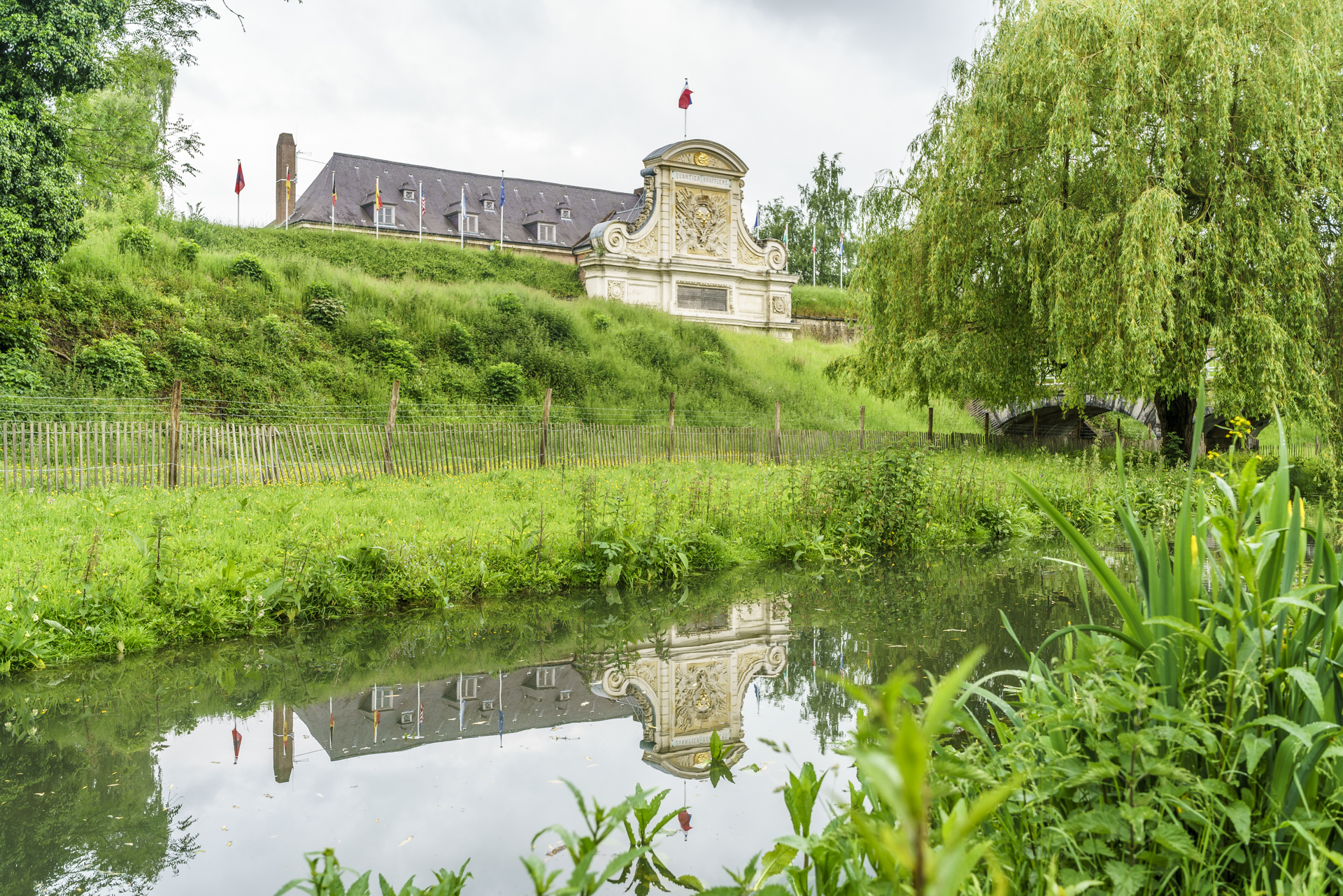
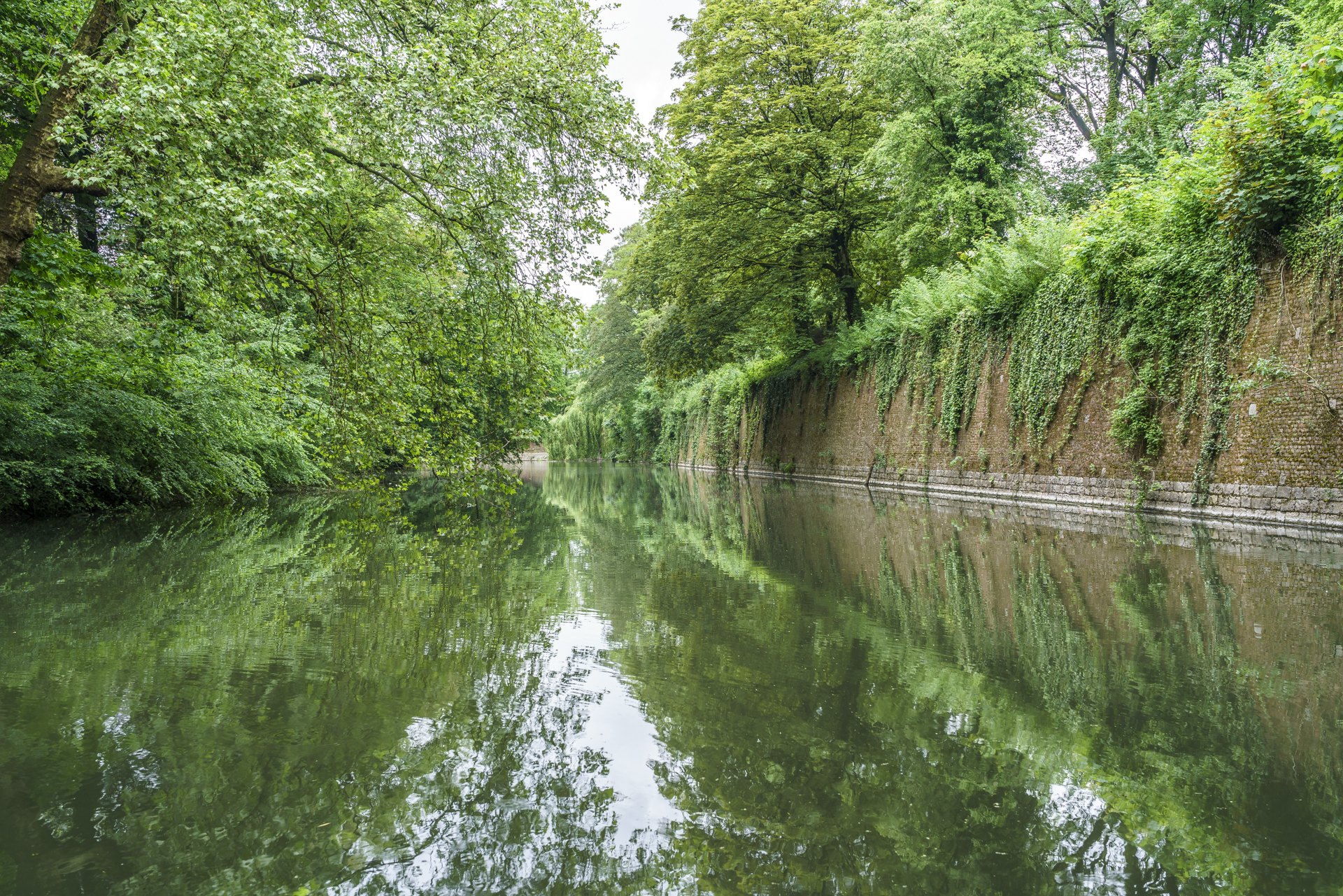

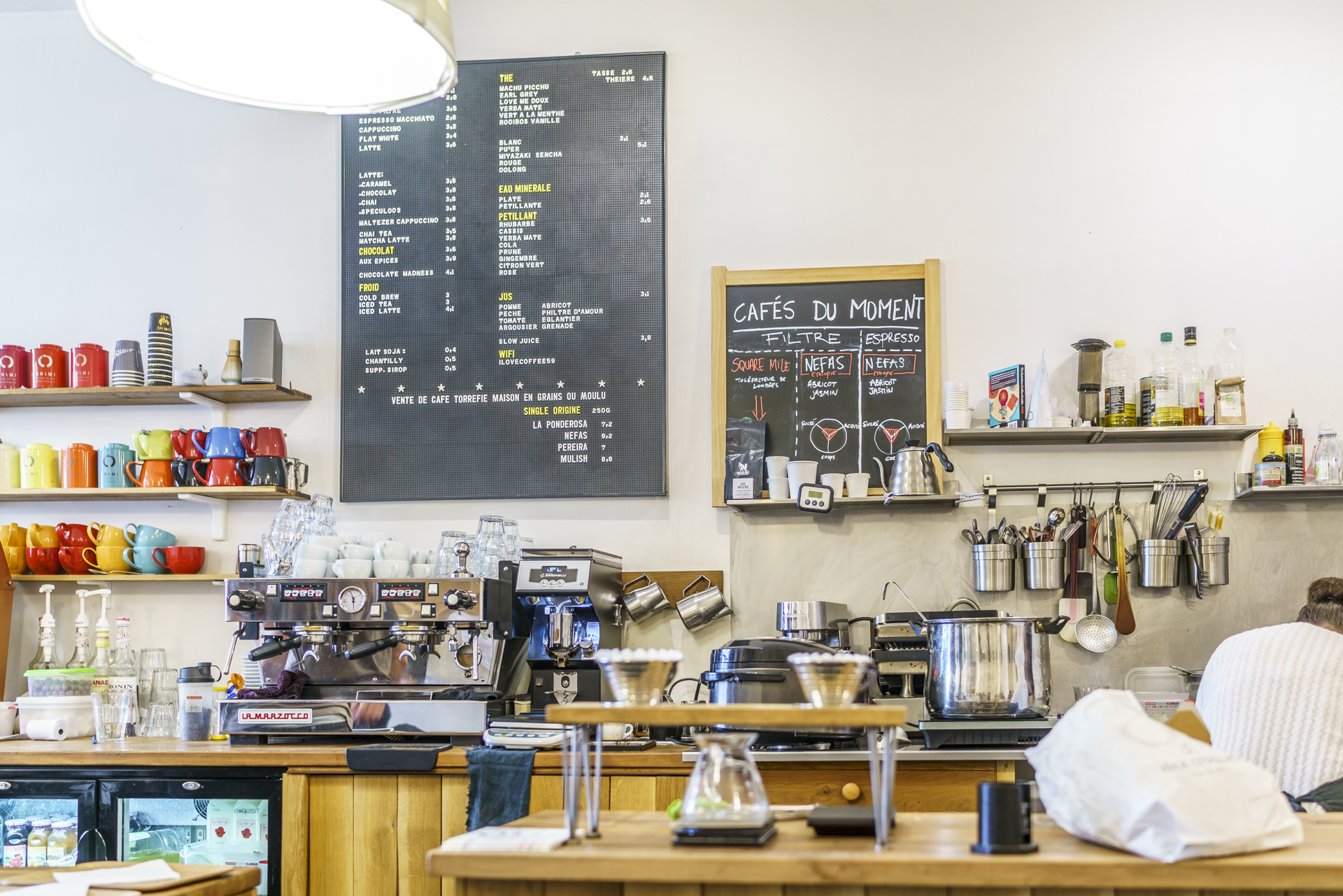
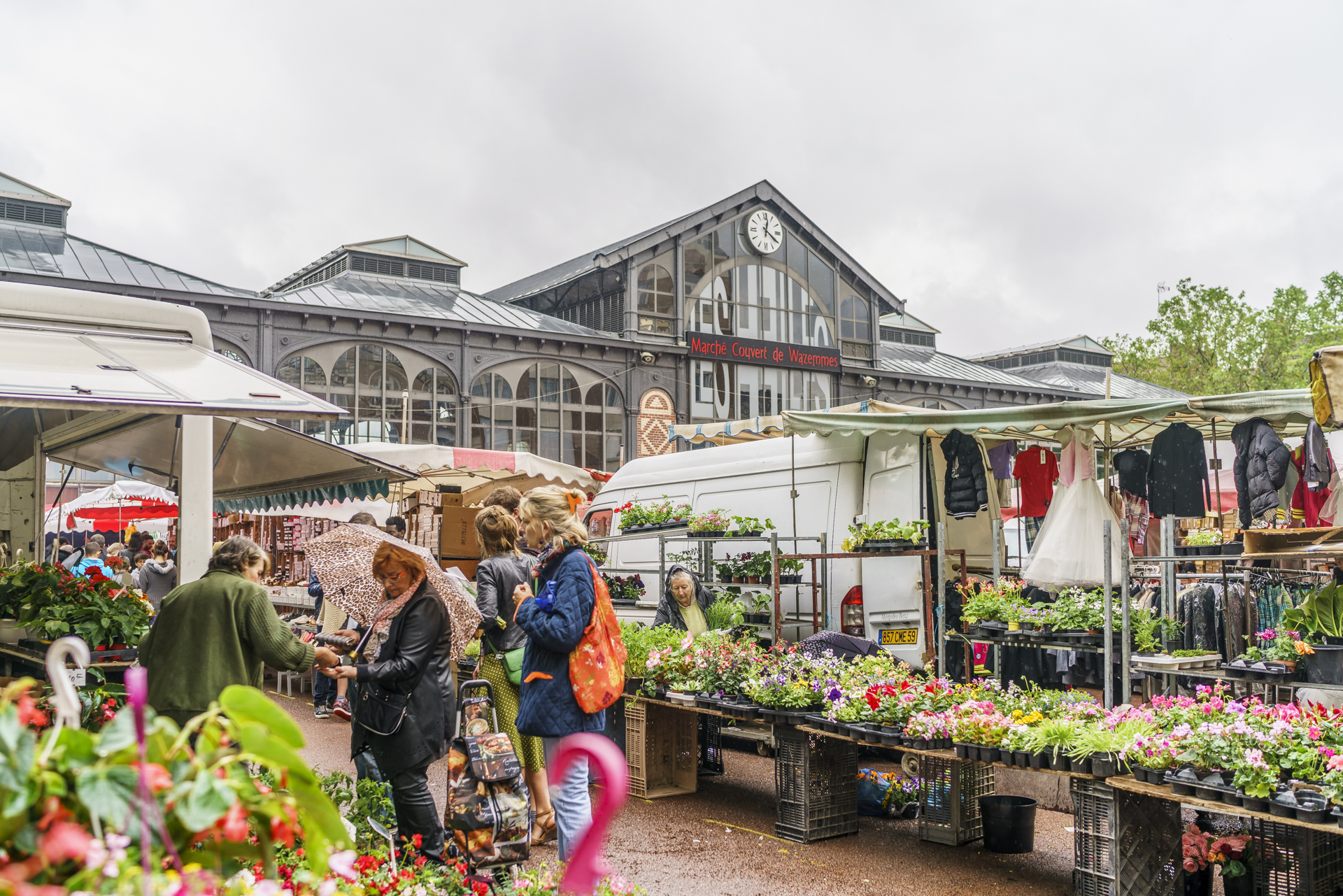

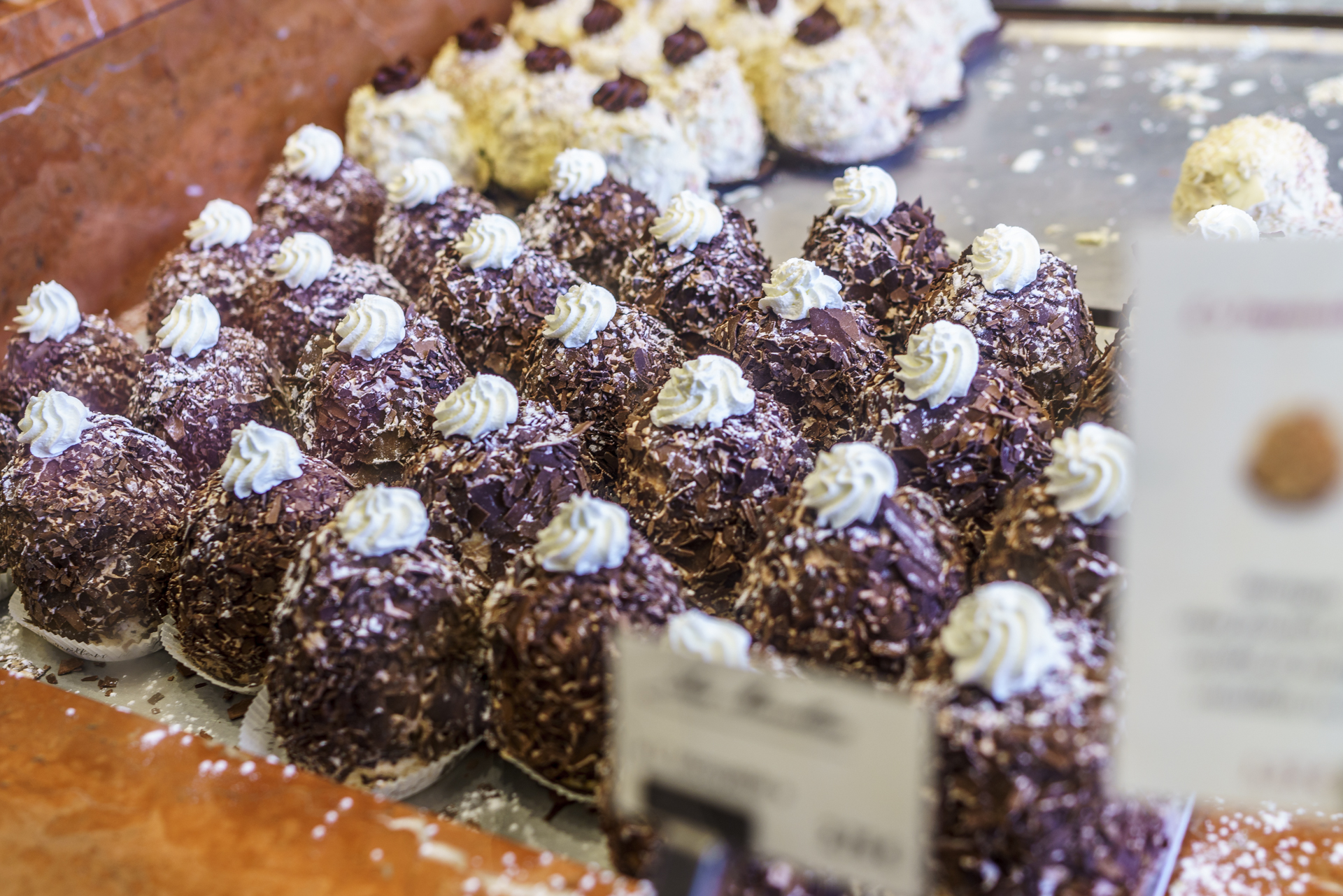

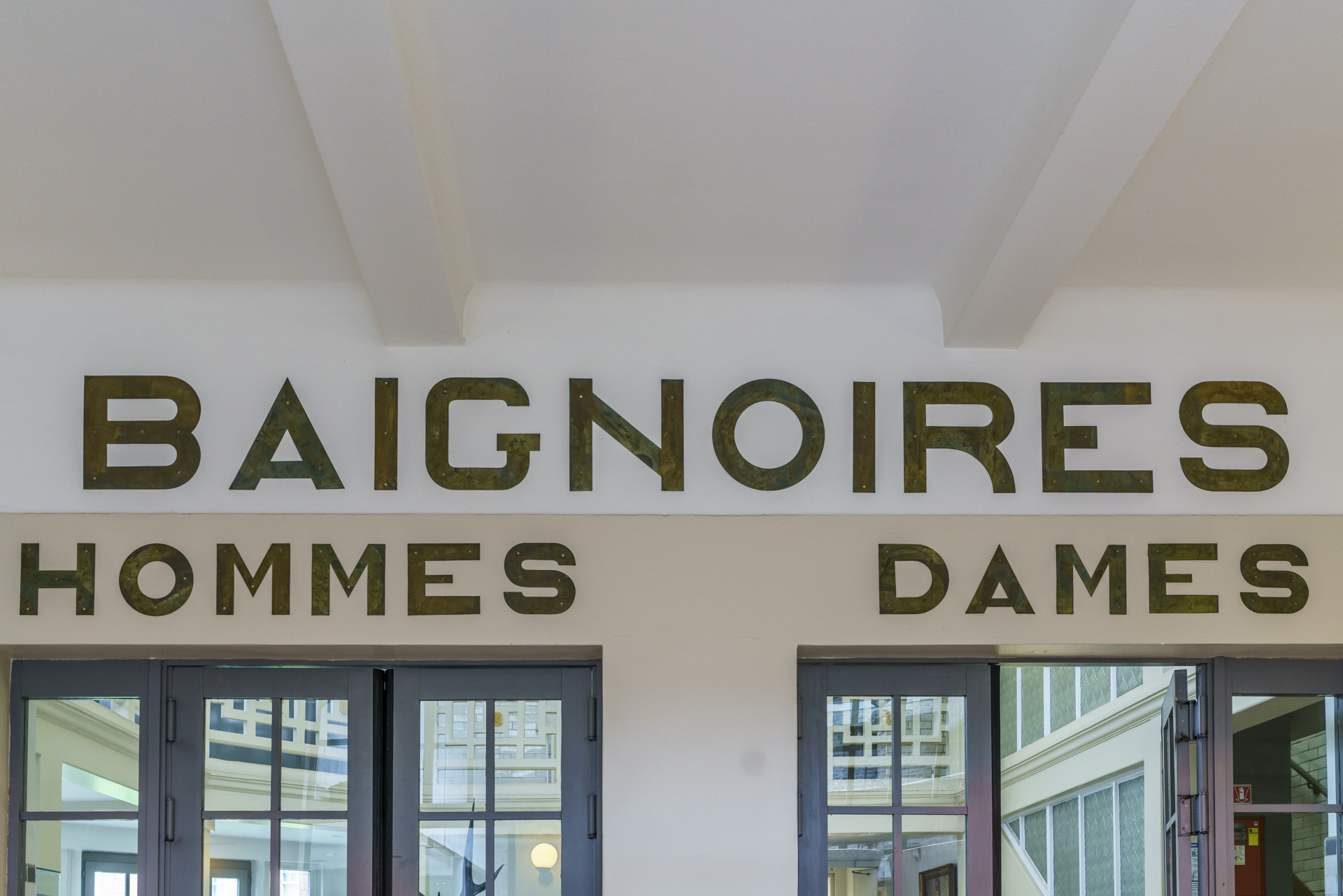


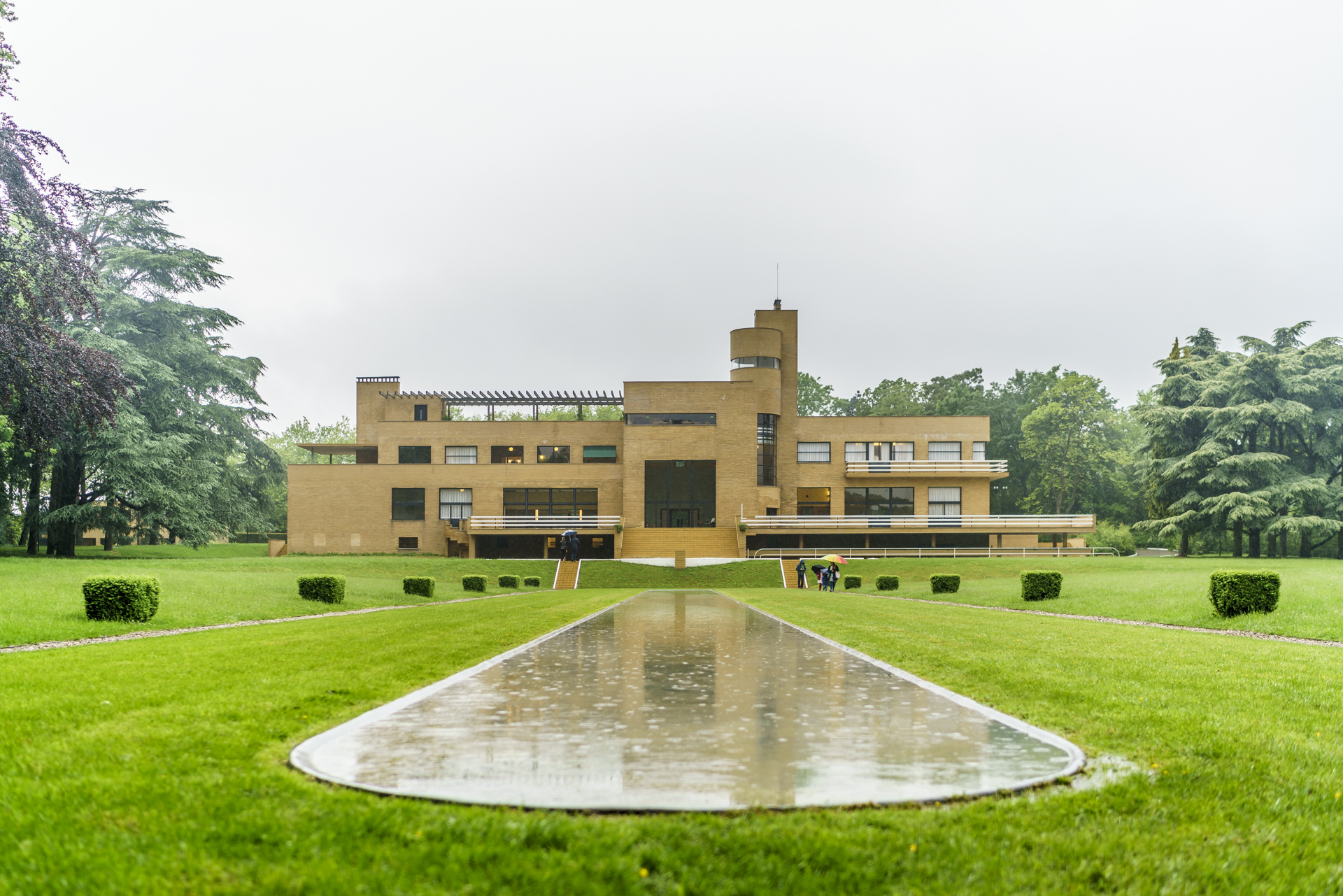
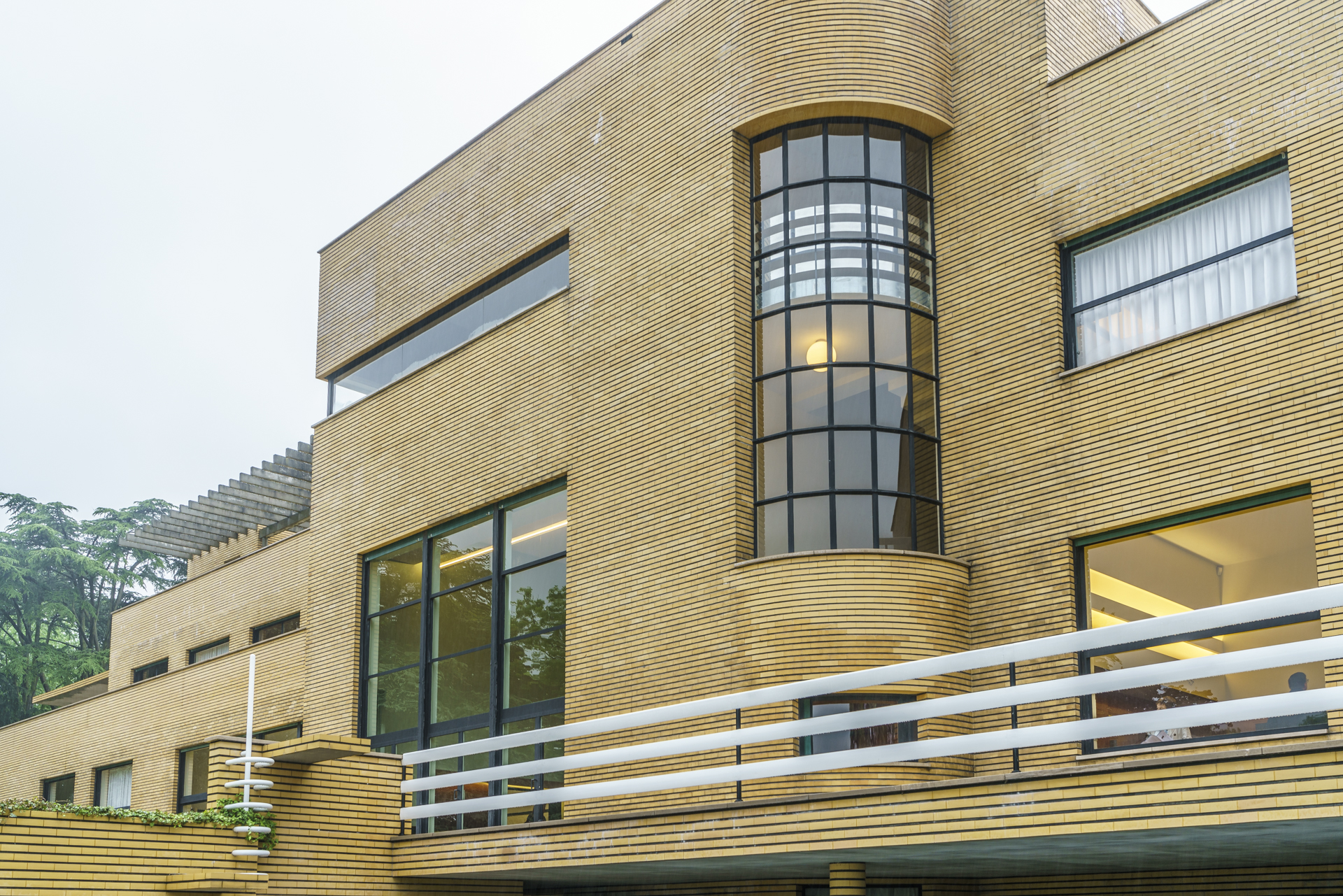



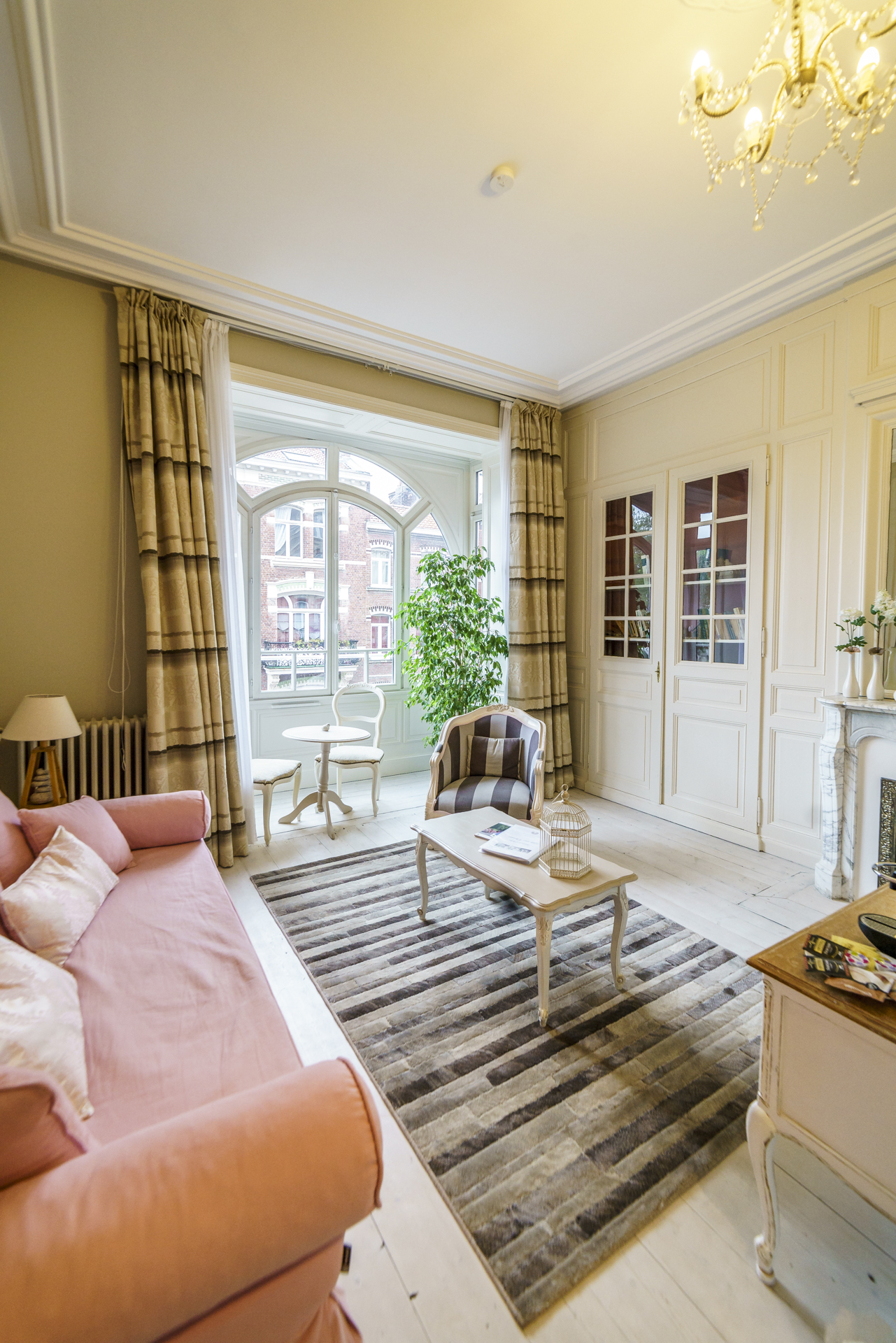
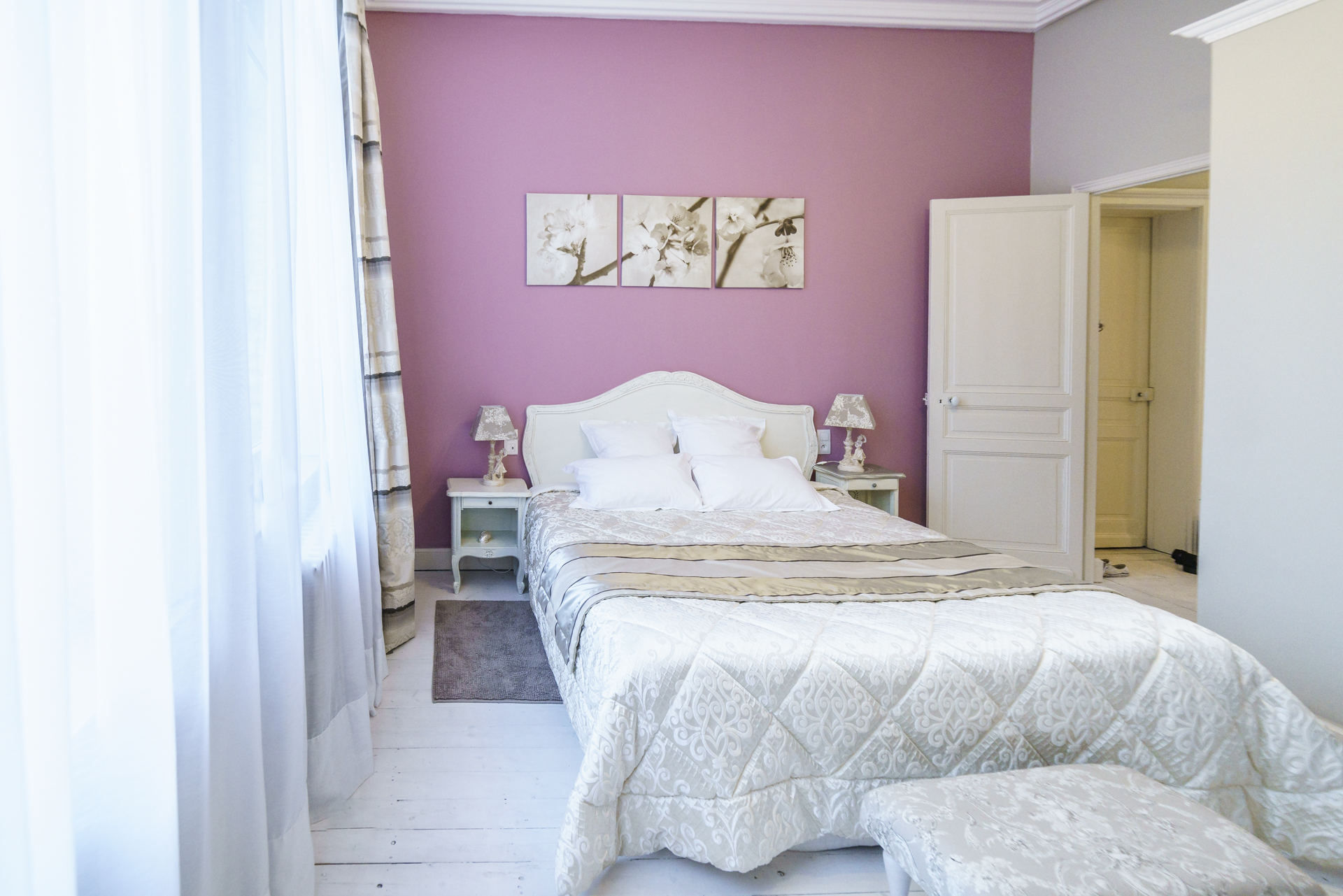
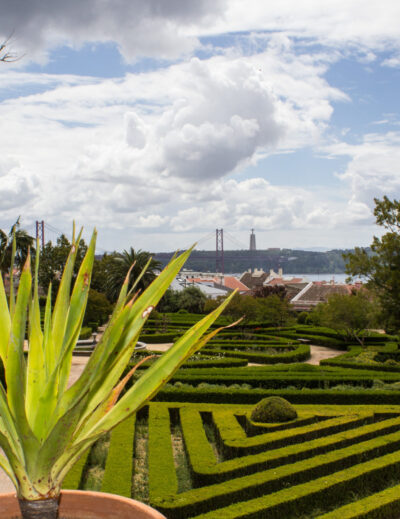

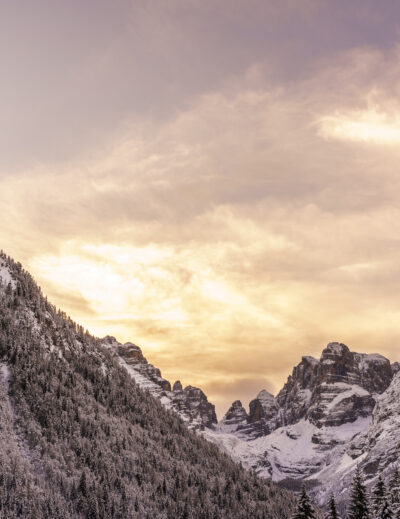
Leave a Reply